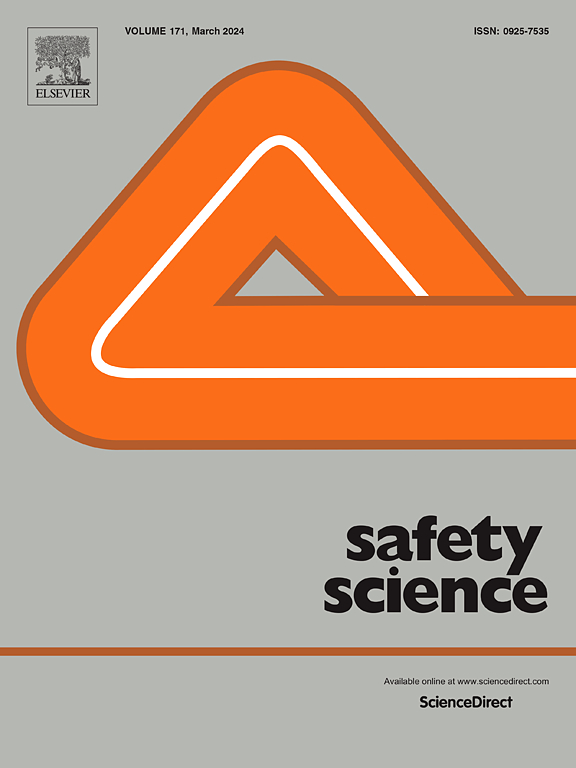How do demographic factors, non-standard and out-of-position seating affect vehicle occupant injury outcomes in road traffic collisions?
IF 4.7
1区 工程技术
Q1 ENGINEERING, INDUSTRIAL
引用次数: 0
Abstract
Advancements in smart, adaptive vehicle safety features offer significant potential to improve occupant safety by detecting and responding to diverse seating positions in real-time. Yet, current safety designs and crash testing primarily focus on occupants of distinct demographics statically seated in standard positions, raising challenges of equity and real-world representability.
We investigated the link between out-of-position (OOP) occupants and injury severity in British road traffic collisions, using the comprehensive Road Accident In-Depth Studies (RAIDS) dataset. We quantified injury risks for unbelted and OOP occupants by analysing factors such as seat belt use, seat back recline angle, dashboard proximity and head restraint height in 5,362 RAIDS occupants from over 2,200 collisions.
Unbelted occupants had a 1.88 times higher risk of severe injuries (maximum abbreviated injury scale - (MAIS3+) compared to belted occupants. Male occupants had overall lower seat belt use than female occupants and tended to be younger. Reclined seating angles over 110° were associated with a 3.99 times higher risk. For male occupants, not wearing a seat belt was associated with higher seat back recline angle and younger age. Occupant height and sex were observed to have a nuanced interaction with far back/forward seating positions. This shows even end-range manufacturer-approved seating positions had increased injury risk, emphasising the importance of protecting diverse occupant postures and populations.
Our work highlights the potential for advanced sensing technologies to mitigate seating position related injury risks and guide research, testing and innovation to ensure equitable protection for all occupants in future vehicle systems featuring increased automation.
求助全文
约1分钟内获得全文
求助全文
来源期刊

Safety Science
管理科学-工程:工业
CiteScore
13.00
自引率
9.80%
发文量
335
审稿时长
53 days
期刊介绍:
Safety Science is multidisciplinary. Its contributors and its audience range from social scientists to engineers. The journal covers the physics and engineering of safety; its social, policy and organizational aspects; the assessment, management and communication of risks; the effectiveness of control and management techniques for safety; standardization, legislation, inspection, insurance, costing aspects, human behavior and safety and the like. Papers addressing the interfaces between technology, people and organizations are especially welcome.
 求助内容:
求助内容: 应助结果提醒方式:
应助结果提醒方式:


